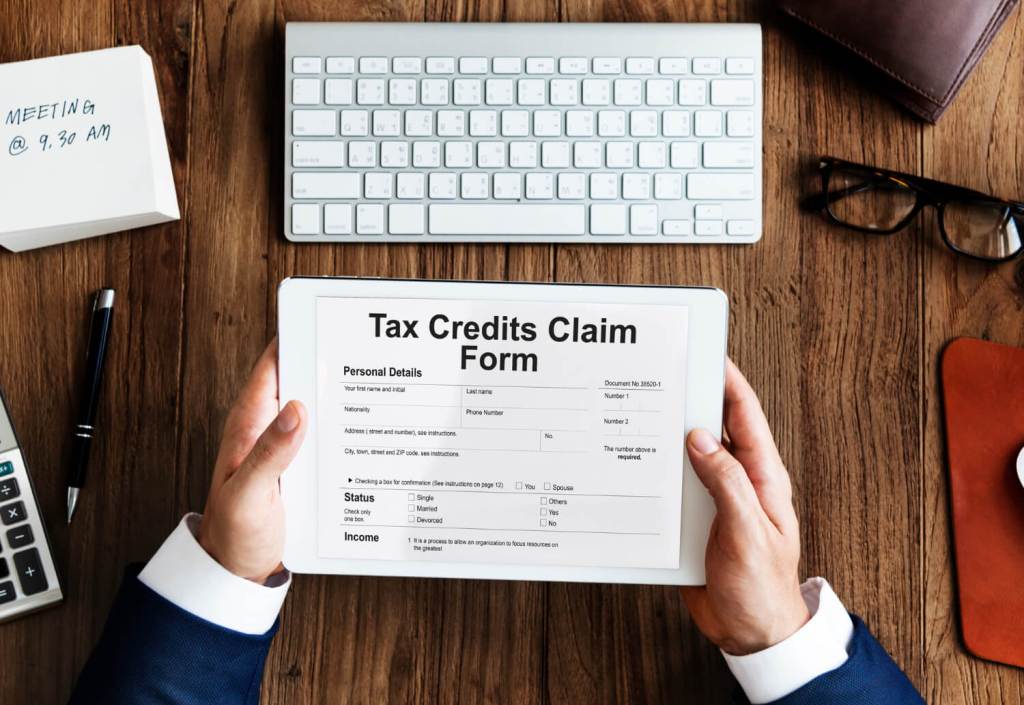Section 73 lays out the procedure for issuing showcause notice in case of
Tax not paid (or)
Short Paid (or)
Erroneously refunded (or)
ITC wrongly availed (or)
for reasons other than willful misstatement or suppression of facts
All of the situations mentioned above violate GST provisions. Still, the Section’s main point is that it deals with contraventions committed by mistake or misunderstanding (not involving an active intention of fraud, misstatement, or concealing facts to evade tax).
Below are the steps in the process of demand and recovery of tax amount:
- The Section covers determining the intent behind a violation and the process to be followed after such a determination to raise demand and recover such an amount of tax, penalty, interest, cess, or any other amount.
- Following confirmation of the intention and amount to be demanded, the proper officer will issue a Show Cause Notice to such a person, inquiring why such an amount should not be recovered or whether a penalty should not be levied.
Time limit for Showcause Notice
At least 3 months before the time limit specified in Section 73 (10)
Section 73(10) requires the proper officer to issue the final demand order within three years of the due date of filing annual returns OR three years of the date of erroneous refund.
Thus, the notice must be issued within 2 years and 9 months of the date of filing annual returns or claiming an erroneous refund.
3. Before serving a show-cause notice, the proper officer may communicate to the Assessee the details of any tax, interest, and penalty that he has ascertained.
4. After providing the opportunity of being heard to the taxpayer, a penalty on such a tax amount can be levied of
10% of Tax Amount
OR
Rs. 10,000
[WHICHEVER IS HIGHER]
Remedies Available to the Tax-Payer for Avoiding Penalties
Voluntary Payment
before issuance of notice To avoid such a penalty on the tax amount, the taxpayer can pay the tax plus interest amount before issuing the notice based on their calculation or the calculation of the proper officer.
Partial Payment
Suppose the taxpayer has made a partial payment of the total amount communicated to him and presented a submission to the proper officer with a reasonable reason for the delayed payment of the remaining Payment. In that case, there will be no further proceedings regarding interest and penalties.
Note: If the proper officer is not satisfied with the reason provided in the submission for the delayed payment notice, a penalty and interest may be imposed on the unpaid amount.
Timely Payment
If the assessee makes the required payment within 30 days of receiving the notice, it will be assumed that all the proceedings have been completed.
Note: Where any self-assessed tax is not paid within 30 days of the due date of tax payment. Then, among other things, the option to pay such tax before or within 30 days of the issuance of the show-cause notice to avoid the penalty is no longer available.
Tax Liability under section 74 of CGST Act 2017
Section 74 lays out the procedure for demand and recovery in case of
Tax not paid (or)
Short Paid (or)
Erroneously refunded (or)
ITC wrongly availed (or)
for fraud or any willful misstatement or suppression of facts.
The Section’s main point is that it addresses contraventions committed involving an active intention of fraud, misstatement, or concealing facts to evade tax. Below are the steps included in the process of issuing notice and levying a penalty:
- The Section discusses determining the intent behind a violation and the process to be followed after such a determination to raise demand and recover the tax, penalty, interest, cess, or any other amount.
- Following the determination of the intention and amount to be demanded, the appropriate officer will issue a Show Cause Notice to such a person, inquiring why such an amount should not be recovered or why a penalty should not be imposed.
The Section specifies the time limit for the proper officer to issue such a notice: At least 6 months before the deadline specified in Section 74(10)
Section 74(10) requires the proper officer to issue the final demand order within 5 years of the date of the erroneous refund OR 5 years of the due date of filing annual returns.
As a result, the notice must be issued within 4 years and 6 months of the date of filing annual returns or claiming an incorrect refund.
3. Before serving a show-cause notice, the proper officer may communicate to the Assessee the specifics of any tax, interest, or penalty that he has determined.
4. After giving the taxpayer a reasonable opportunity to be heard, a penalty on such a tax amount can be imposed.
As can be seen, the procedure is very similar to Section 73. Still, this Section only applies when the intent is to defraud, intentionally misstate information, or conceal facts. The taxpayer is not given any remedy to protect himself from a penalty. In turn, different rates of penalty are imposed based on the actions of the taxpayer, which are detailed below:
Actions | Amount of Penalty |
If the tax payment is voluntarily made before issuance of the Show Cause Notice | 15% of the Tax Amount |
If the payment is made after the issuance of notice but within 30 days after its issuance | 25% of the Tax amount |
If the payment is made within 30 days of the communication of order (Section 74(11)) | 50% of the Tax amount |
In any other case | 100% of the Tax amount |
It is reasonable to impose such penalties on a taxpayer who failed to pay tax, underpaid or erroneously refunded tax, or incorrectly availed or used ITC with the intent of fraud, willful misstatement, or suppression of facts. It is clear that no remedies are available to such a taxpayer to avoid penalties, but there is still the option of paying less penalties through proactive actions.
Even a genuine tax payer bears the risk of getting trapped in this section in the absence of regular reconciliation practices to deter Unauthorized entries in Books
To mitigate these inadequate facilities in your compliance journey, Finsights offers comprehensive solution for GST ITC reconciliation (GSTR-2A/2B). Finsights GST Reconciliation Software automates your GSTR 2A / GSTR 2B reconciliation and identifies mismatches between GSTR 2B and Books.




